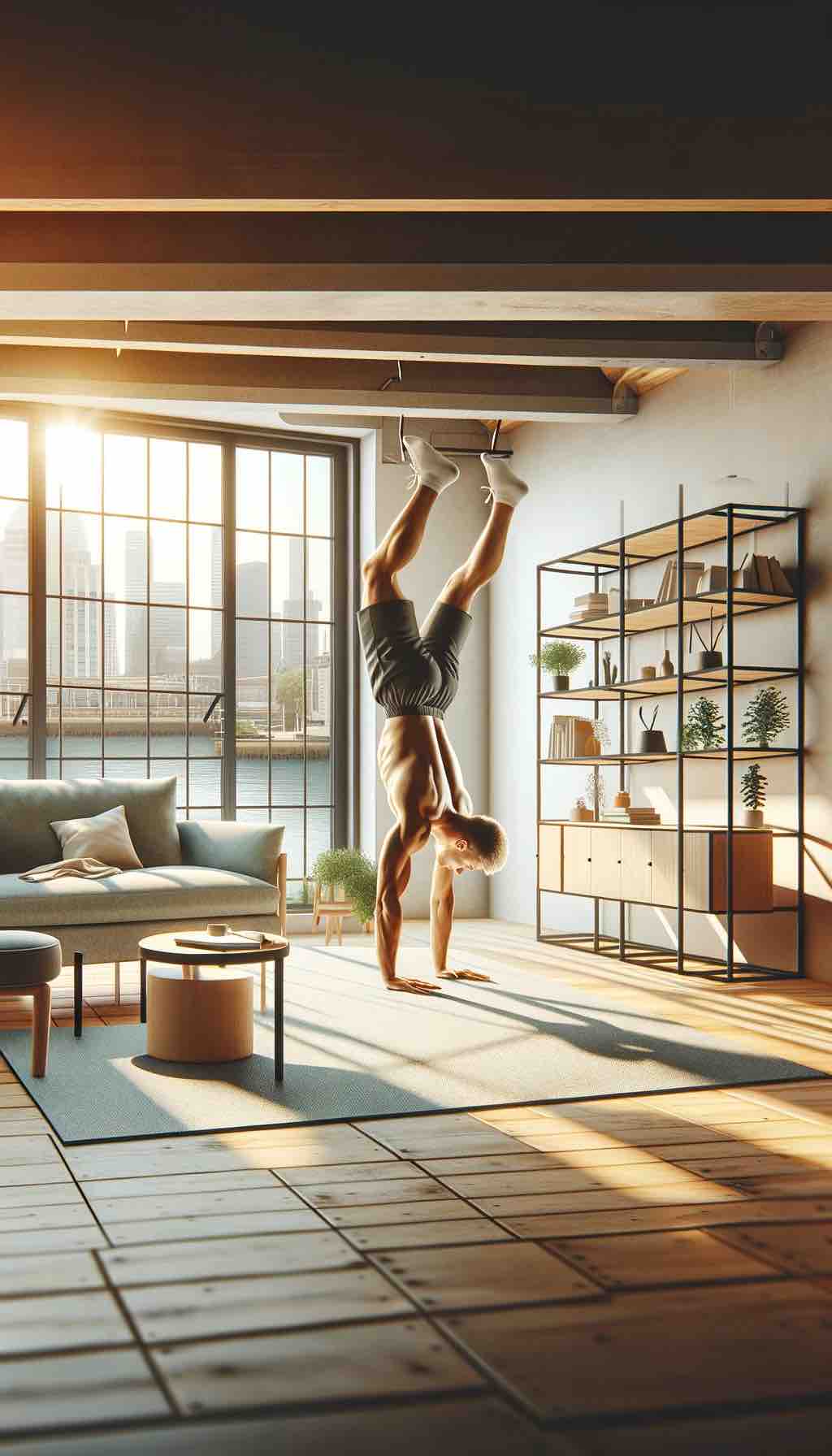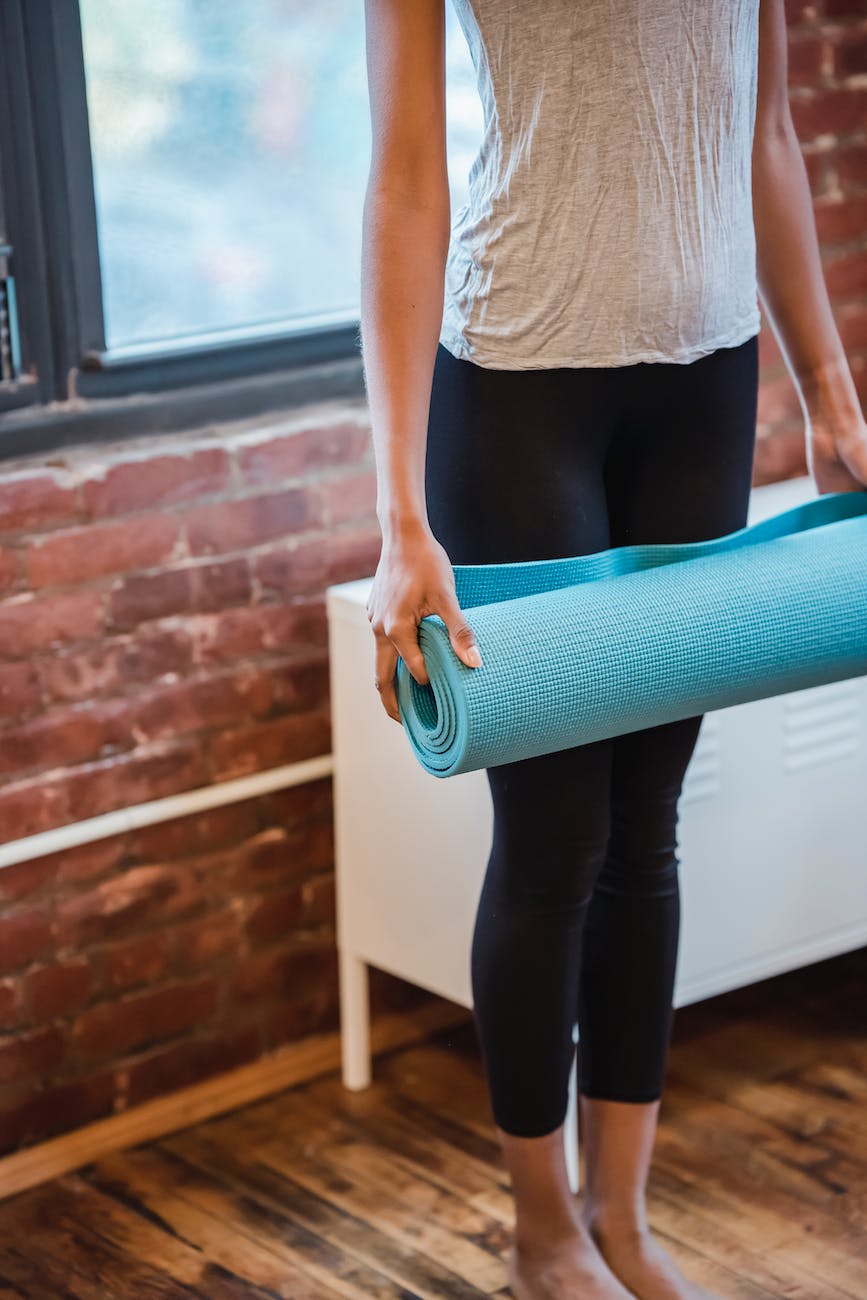
Introduction
Embarking on a fitness journey can be daunting, especially when starting from scratch. However, the world of calisthenics offers a unique opportunity to build strength, flexibility, and endurance using nothing more than your body weight. Today, I want to share a valuable resource that I found incredibly insightful for beginners: a YouTube video by Adam Frater titled “How To Start Calisthenics at Home for Beginners (No Equipment)”. This video is a gem for anyone looking to start calisthenics at home, and I’ll be discussing its key takeaways in this blog post.
Key Takeaways from Adam Frater’s Video
1. Mastering Controlled Movements
One of the first lessons Adam emphasizes is the importance of controlled movements. He points out common mistakes in basic exercises like push-ups and shows how to perform them correctly. This focus on control and range of motion is crucial for effective calisthenics training.
2. Building Core Strength
Adam delves into the significance of both the anterior and posterior core muscles. He demonstrates exercises that help in developing a strong core, which is fundamental for stability and progression in calisthenics.
3. Utilizing Progressive Movements
For beginners, Adam suggests starting with segments of an exercise and gradually building up to the full movement. This approach helps in developing strength throughout the entire range of motion, which is essential for more complex calisthenics exercises.
4. Focusing on Scapula Strength
An interesting part of the video is where Adam shows how to build scapula strength, particularly for pull-ups. He uses chairs to demonstrate exercises that target the initial movement in pull-ups, helping to overcome common challenges.
5. Planning Your Training Program
The video concludes with Adam promising to share specific at-home exercises in his next video. This approach to building a personalized training program can be very beneficial for beginners.
Personal Insights and Conclusion
As someone who has ventured into the world of calisthenics, I can attest to the value of starting with the basics and building a solid foundation. Adam’s video is an excellent starting point for anyone looking to begin their calisthenics journey at home. Remember, the key is consistency and gradual progression. Start with these fundamental exercises and principles, and soon you’ll be on your way to achieving your fitness goals.
Feel free to share your thoughts or experiences in the comments section below. Happy training!
Note: Always consult with a fitness professional or physician before starting any new exercise program, especially if you have any pre-existing health conditions or concerns.
10 FAQs for “Embarking on a Calisthenics Journey at Home: A Beginner’s Guide”
Q1: Do I need any special equipment to start calisthenics at home? A1: No, one of the great benefits of calisthenics is that it requires no special equipment. Your body weight and some basic household items like chairs are sufficient.
Q2: Is calisthenics suitable for beginners in fitness? A2: Absolutely! Calisthenics is ideal for beginners because it allows you to progress at your own pace and according to your strength levels.
Q3: How often should I practice calisthenics as a beginner? A3: Start with 3-4 times a week, allowing your body time to rest and recover between sessions.
Q4: What are the key benefits of calisthenics? A4: Calisthenics improves muscle tone, enhances flexibility, boosts endurance, and can greatly improve overall physical fitness.
Q5: Can calisthenics help with weight loss? A5: Yes, calisthenics can be an effective way to burn calories and promote weight loss, especially when combined with a healthy diet.
Q6: How long does it take to see results from calisthenics? A6: This varies by individual, but with consistent practice, you may start seeing results in as little as a few weeks.
Q7: Are there any risks associated with calisthenics for beginners? A7: As with any exercise program, there is a risk of injury if exercises are performed incorrectly. It’s important to learn proper form and listen to your body.
Q8: Can I do calisthenics if I have a pre-existing injury? A8: Consult with a healthcare provider before starting any new exercise regimen, especially if you have pre-existing injuries or health concerns.
Q9: What should I do if I hit a plateau in my calisthenics training? A9: Mixing up your routine, increasing intensity, and incorporating new exercises can help you overcome a plateau.
Q10: How can I track my progress in calisthenics? A10: Keep a workout journal, take progress photos, and note any increases in strength or endurance to track your progress.
Blog Tags:
calisthenics, home workout, fitness for beginners, bodyweight exercises, no equipment workout, strength training, fitness journey, health and wellness, core strength, muscle building










